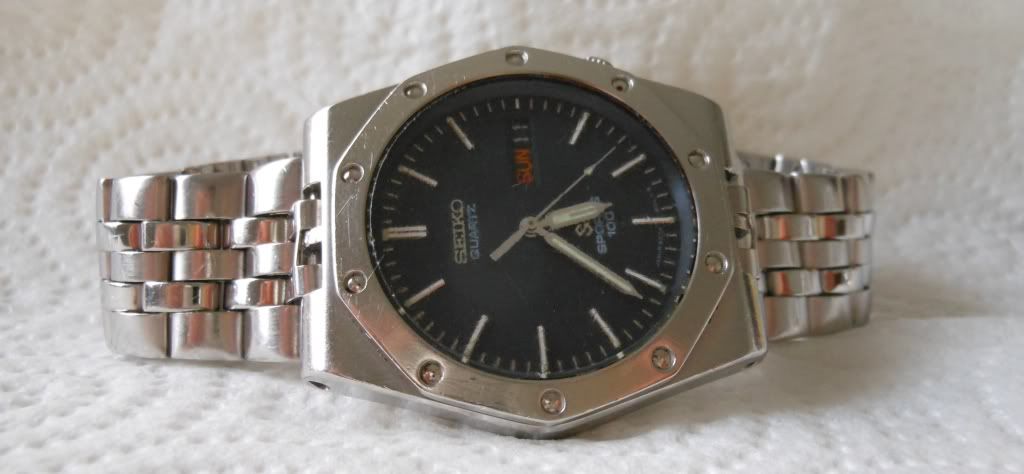"clipart,free,graphics,web clipart,free,graphics,web clipart,free,graphics,web"
"clipart,free,graphics,web clipart,free,graphics,web in clipart,free,graphics,web"
"clipart,free,graphics,web clipart,free,graphics,web clipart,free,graphics,web"
"clipart,free,graphics,web clipart,free,graphics,web clipart,free,graphics,web"
"clipart,free,graphics,web clipart,free,graphics,web in clipart,free,graphics,web"
"clipart,free,graphics,web clipart,free,graphics,web clipart,free,graphics,web"
"clipart,free,graphics,web clipart,free,graphics,web clipart,free,graphics,web"
"clipart,free,graphics,web clipart,free,graphics,web clipart,free,graphics,web"
[clipart,free,graphics,web clipart,free,graphics,web clipart,free,graphics,web]
[clipart,free,graphics,web clipart,free,graphics,web in clipart,free,graphics,web]
[clipart,free,graphics,web clipart,free,graphics,web clipart,free,graphics,web]
[clipart,free,graphics,web clipart,free,graphics,web clipart,free,graphics,web]
[clipart,free,graphics,web clipart,free,graphics,web in clipart,free,graphics,web]
[clipart,free,graphics,web clipart,free,graphics,web clipart,free,graphics,web]
[clipart,free,graphics,web clipart,free,graphics,web clipart,free,graphics,web]
[clipart,free,graphics,web clipart,free,graphics,web clipart,free,graphics,web]



